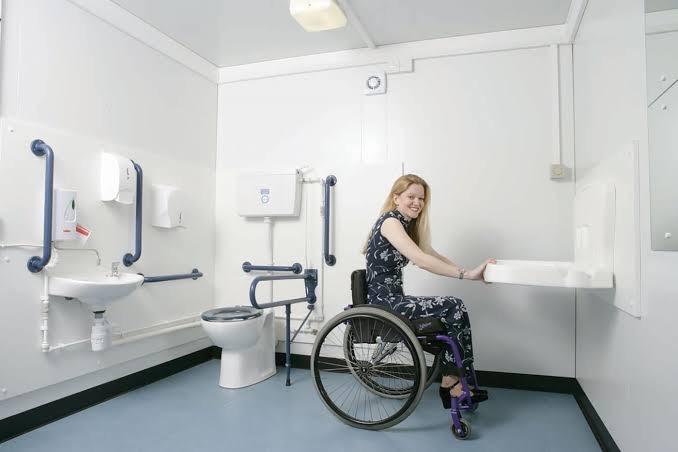
Specific guidelines and criteria have been provided for knee and toe clearance in the 2010 ADA Standards for Accessible Design. But what is knee and toe clearance? And why is it important? This article will discuss more about ADA clearance.
Knee and toe clearance is an essential part of accessible design. In the Americans with Disabilities Act Accessibility Guidelines, it is required that knee and toe clearance must be provided to grant access to people with mobility difficulties to move to and from wheelchairs.

Knee and toe clearance is defined as the clear floor space between the underside of a structure or an element and the floor or ground where a person’s leg can stay while sitting. The standard measurement for knee clearance must be at least 27 inches high, 30 inches wide, and 19 inches deep, and must be situated near a transfer chair. Also, there mustn’t be any obstruction whatsoever between the knee clearance and the floor space.
ADA requirements for knee clearance must be at least 27 inches high when measured from the floor or ground to the bottom of the counter. The finished floor refers to the surface of the flooring material, not the subfloor or floor joists. Also, the knee clearance should be at least 30 inches wide and must have a depth of at least 17 inches. Note that this clear floor space is needed to accommodate a person using a wheelchair so there mustn’t be any obstruction. Any present objects or fixtures must be removable or movable to provide easy access to the knee clearance area for the users.
The ADA was established to protect the right of easy movement for individuals with disabilities. Employee discrimination and failure to meet the ADA standards for business spaces can attract a penalty because businesses are monitored by the Department of Justice. This means a person can file a complaint when faced with an accessibility barrier and such businesses can be fined up to $150,000 for ADA violations.
Nearly 1 in 5 Americans have disabilities problems, so any business that prioritizes accessibility may find themselves with more business. According to the Association of People Supporting Employment First, customers with disabilities and their communities are worth over $3 trillion of the consumer market and that number is enough to make a difference.
In the past, people would have found it difficult to move about when they sustained certain injuries or were affected by diseases. However, medical advancements and ADA guidelines in businesses, ensure that people survive and their movement is not restricted due to their condition.

Individuals with disabilities are often disadvantaged than other members of the community. They struggle to move around conveniently, probably due to broken sidewalks, no curb cuts, and a lack of ramps. These issues can make it difficult for them to access public spaces and interact normally with everyday life. An ADA-compliant business however gains a larger customer base and makes life easy for everyone including those with disabilities.
Are you looking to make your business ADA-compliant for knee clearance? At All Things Inspector, we work with our clients to achieve ADA compliance in their business. Also, you can contact us to perform an ADA accessibility survey to check knee clearance in your building or business.
Contact us today to learn more about our services!



As a business owner, you have a responsibility to ensure that your business complies with the Americans with Disabilities Act(ADA). Not only is it a

When making renovations, there are many things you need to consider, from the structure to the aesthetics of the building. However, one major aspect that